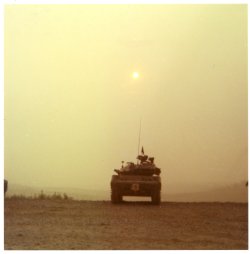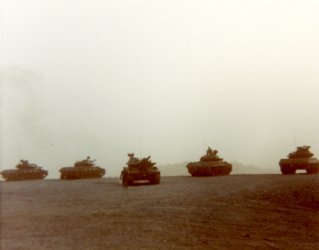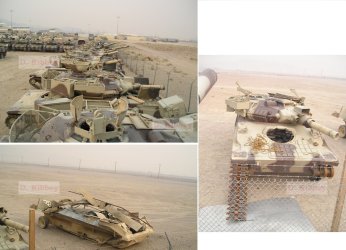Well, you wouldn't have much, if any, VN-issued ammo. I was with 2/11th Cav when they finally stood down and by that time (71-72) main gun ammo was in short supply. Think about it, Vietnamization in full swing and we were trying to ship stuff the ARVN would be able to use. The M551 was not among those items (M48's were!). The Sqn. CO, who is still with us recalls main gun ammo supply becoming an issue. No M551's were left behind...not even destroyed ones. Many of the VN Sheridans were refit and reissued to Germany. These were easily identified because of the evidence of the Mine Plate kit having been uninstalled. The 14th Cav in Germany would be re-flagged in 1972 as the 11th ACR.Wow. Did not know the background of the round in the late 60s. All I can say is that we didn't have a problem with the heat round and by the time I got to USAREUR the CBSS was working as intended. OTOH, some mensa decided that we would fire the HE round one gunnery at Graf. I mentioned to someone: "so let me get this straight. These were shipped to VN, sat somewhere in storage in some of the most humid weather on the planet, then shipped back when???, more storage somewhere??? and then issued to troops. What could possibly go wrong?" How about rounds breaking in half when loaded with propellant rolling around the turret floor. The things we do to satisfy project manager egos.
Once uncrated, the 152mm CC round cannot be repackaged. All our main gun ammo was sacrificed in a huge pile of ordnance we demo'ed rather than take back in from the field (and were not encouraged to return). We had a pile of ammo and explosives about 10' in diameter and man-height which was detonated after we withdrew about 500 meters.
It was spectacular.




